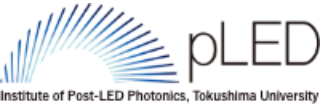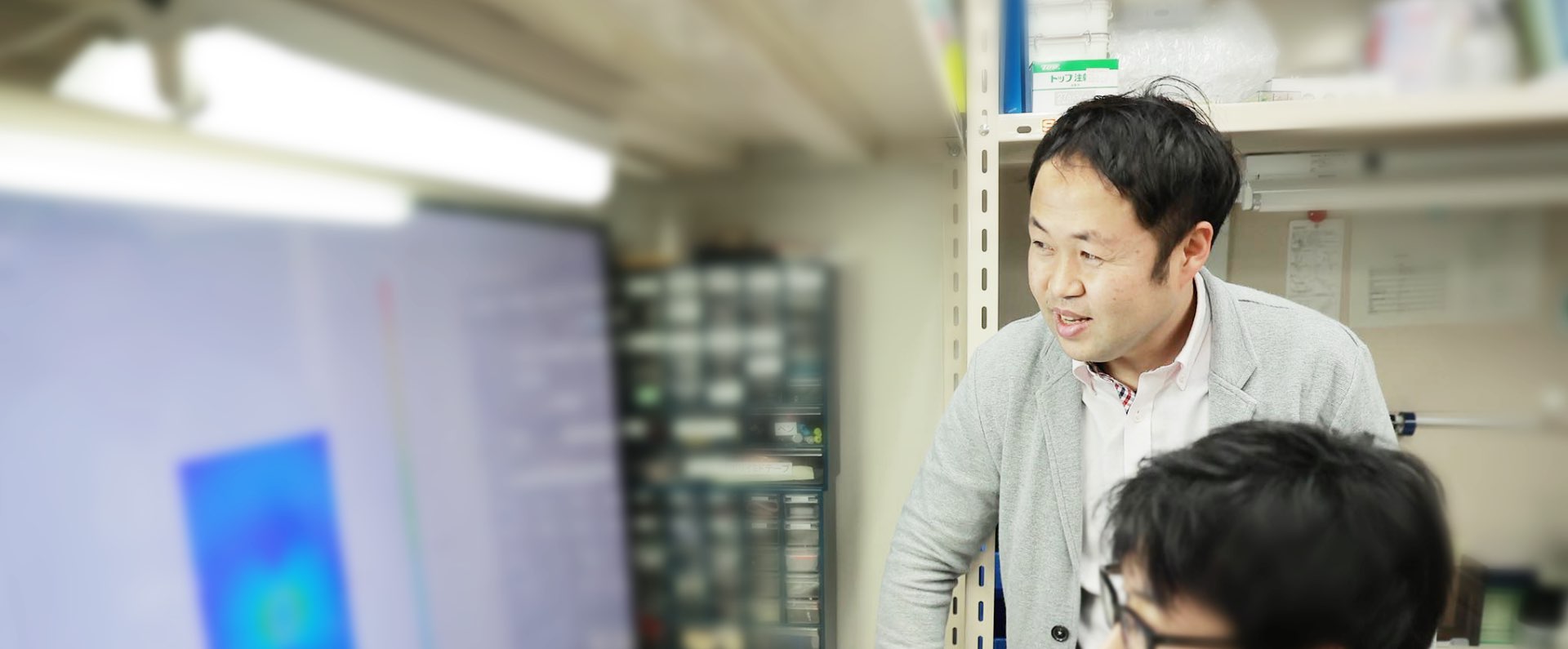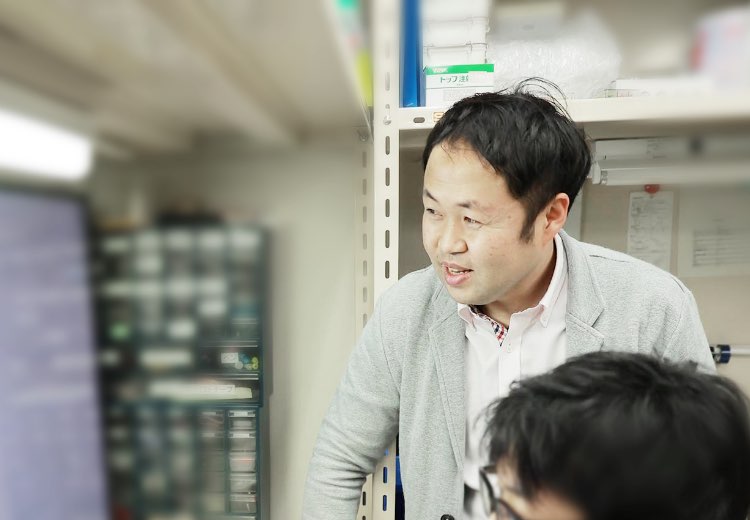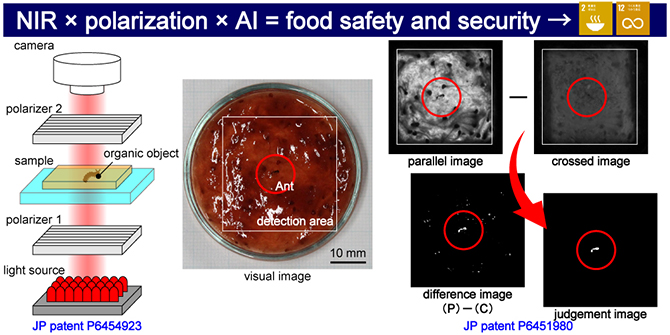People
Detection solution of a foreign object in foods
YAMAGUCHI Kenzo[Associate Professor]
Division of Fundamental Photonics (Core Faculty)
In March 2008, he received a doctoral degree in engineering from the Department of Optical Science and Technology at the University of Tokushima. From January 2008 to March 2019, he served as an assistant professor at the National Institute of Technology, Anan College, Toyohashi University of Technology, Kagawa University, and as a visiting researcher at the University of Cambridge. In April 2019, he was appointed to the post of associate professor at the Institute of Post-LED Photonics at Tokushima University.
- Medical Photonics
- Visible
- Infrared
- Terahertz
- Deep ultraviolet
- Information Technology
- Medical
- Inspection
- Light source / Sensing
- etc.
- Near-infrared (NIR) light
- polarization
- organic object
- terahertz wave
- artificial intelligence (AI)
Research Interests
With the demand for food safety and security, foreign materials in foods have been reported one after another, and more than half of them are organic. Many companies have succeeded in detecting inorganic objects such as metals and stones by introducing an X-ray computed tomography apparatus and a metal detector, cleaning foods, and reviewing processing processes, but they have not been able to detect organic foreign bodies such as hair and insects. Currently, hand-picking and visual inspections prevent organic foreign objects from being mixed into foods. However, there is also a problem of labor shortage in production lines, and the development of a device capable of automating the detection and removal of foreign objects has become an urgent issue. The purpose of this research is to develop a detection solution for foreign objects in foods that combines near-infrared light and polarization by also incorporating terahertz waves and machine learning, and then, finally aim for creating an automatic detection system that achieves a foreign object detection rate of 100%.




